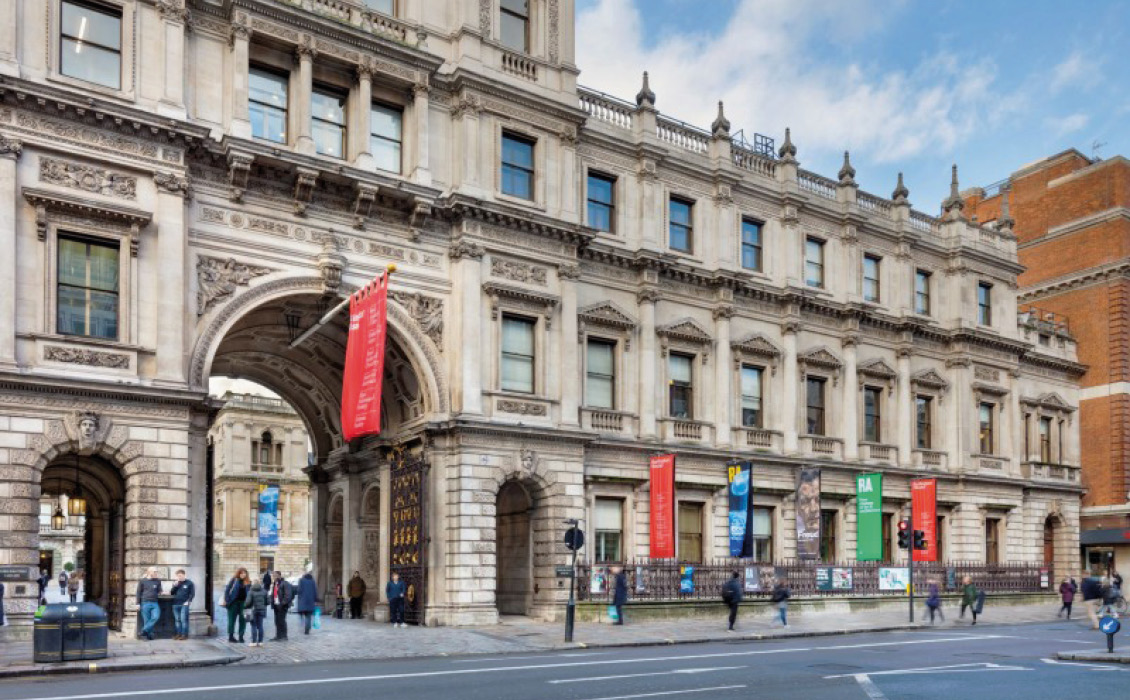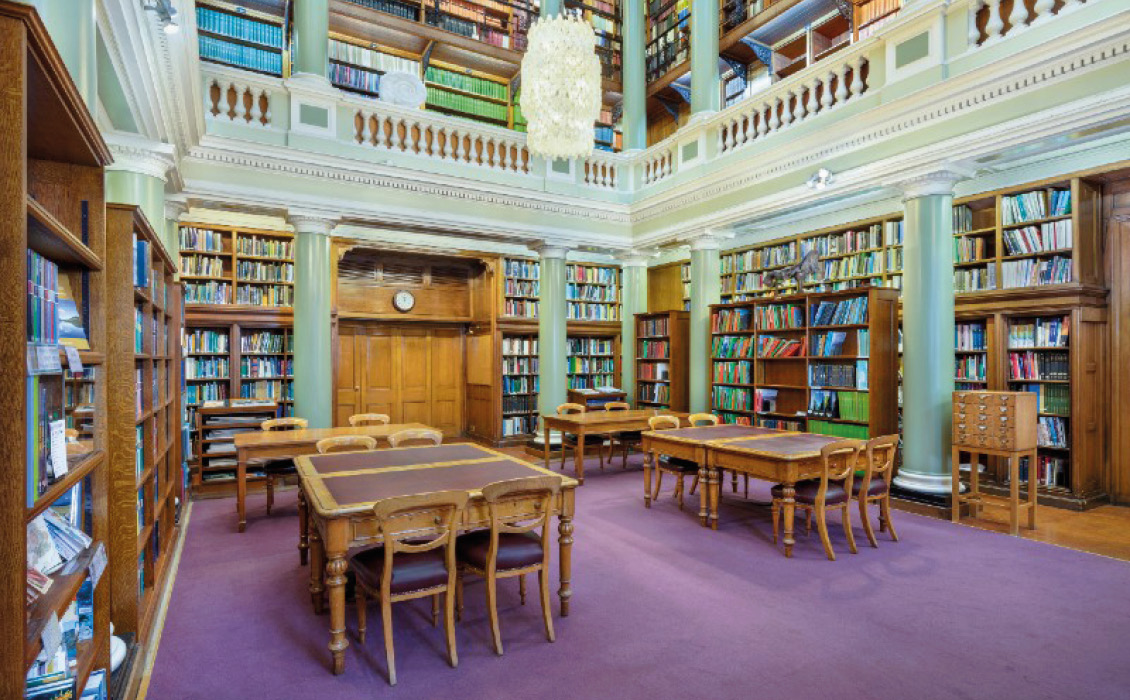The Geological Society was inaugurated in 1807 at a dinner at the Freemasons Tavern, which formerly stood at the site of the modern Connaught Rooms, in Covent Garden, London.
A Long History
The Society started its existence as a dining club but also accumulated a library and a collection of minerals, rocks and fossils. By 1810 the first Trustees were appointed, and the first meeting of the Council took place. The following year, the first volume of the transactions of the Geological Society was published, and in 1812 the first permanent officer was appointed to maintain the library and collections as well as acting as draughtsman and secretary to the Council and Committees.
A royal charter was granted in 1825 by King George IV to the Rev William Buckland, Arthur Aikin, John Bostock MD, George Bellas Greenough and Henry Warburton, who were nominated as the first Fellows of the Society. Shortly after this a further 367 members were elected as Fellows. Following several moves the Society relocated to its current home at Burlington House, Piccadilly, in 1874.
Today
Today the Geological Society of London is the UK’s national society for geoscience, providing support to over 12,000 members in the UK and overseas. It has extensive library services, and a huge online resource in the Lyell Collection, which represents one of the largest integrated collections of Earth Science literature. The Society also provides lecture and meeting room facilities and publishes both journals and books. Fellows also benefit from access to Chartered Scientist (CSci) and Chartered Geologist (CGeol) schemes which allow members to access further qualifications and to become a competent person for the purpose of reserves certification.
Existential Crisis?
After over 145 years at New Burlington House, the Society faces being priced out of its long-term home because of unaffordable and rapidly rising rents. Following a 2014 change in Government policy, Burlington House began to be treated as an investment property. Prices in London’s West End soared and, as a result, rents have increased more than 3,000% since 2012. As a charity, the Society cannot afford this.
The Society launched a public campaign in a final attempt to find an affordable solution in collaboration with the other learned societies at Burlington House. A relocation could cost millions of pounds and is creating significant uncertainty when the UK should be investing more strongly in science, education, policy and outreach work to the benefit of society.
What will Happen with no Agreement?
Unless affordable and sustainable terms can be agreed with the landlord in the very near future, the Society will have no alternative but to relocate in 3–5 years’ time. According to an analysis by international accountants PwC, the UK Government is set to lose up to a third of the c. £26.7 million in economic benefits to the UK economy each year from the Geological Society’s work, greatly exceeding what it receives from rent. This is in addition to the risk to the UK’s recognized position on the international stage.
There has been a huge public lobbying effort to resolve this situation which Sir David Attenborough has backed by writing to UK Prime Minister, Boris Johnson, to urge his intervention. Whether this will evoke a positive reaction remains to be seen but given the Government’s mantra of ‘being guided by the science’, perhaps it is time for the authorities to step up and to maintain the scientific and cultural institutions at Burlington House, which as well as the Geological Society, include the Royal Astronomical Society, The Linnean Society of London, and the Society of Antiquaries of London.







